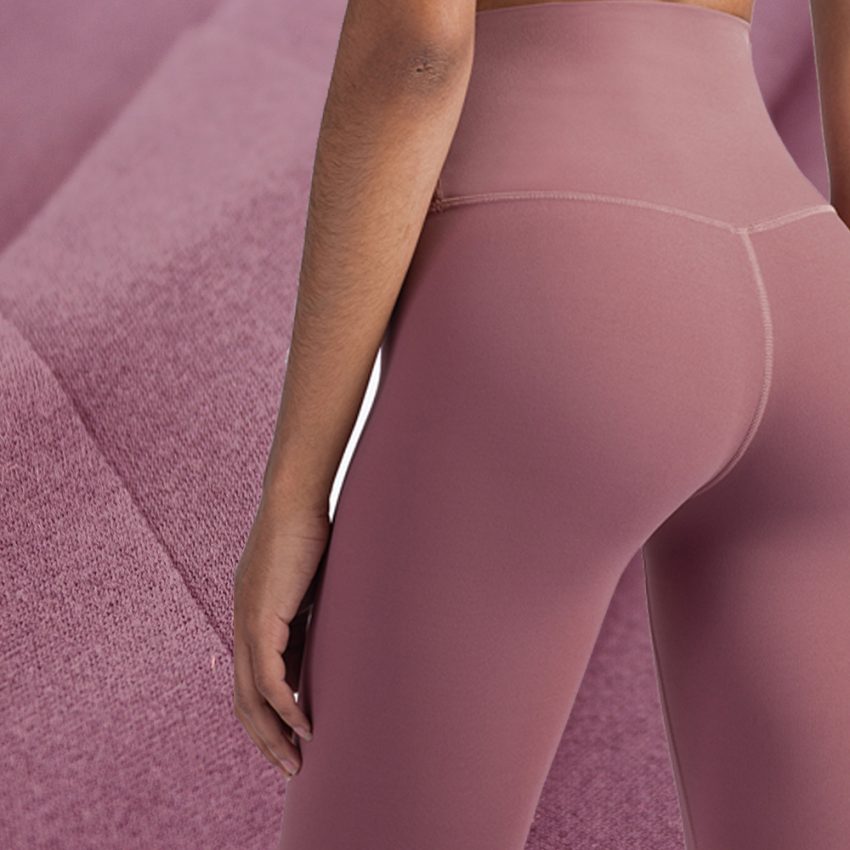Leggings material are a versatile and popular piece of clothing that can be worn for various activities, from working out to running errands to simply lounging at home. One of the key factors that determine the quality and comfort of leggings is the material they are made from. There are various types of materials used to make leggings, each with its own unique properties and advantages. In this article, we will explore some of the most common leggings materials and discuss their characteristics.
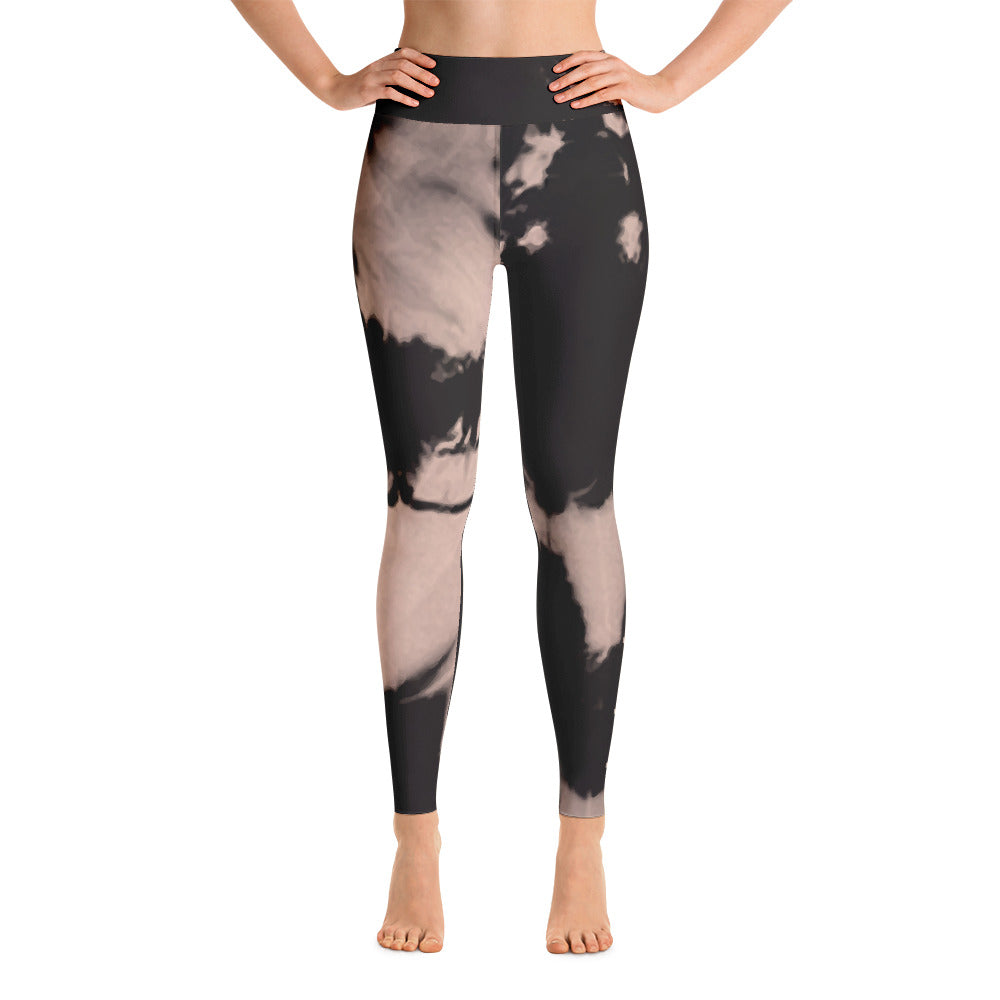
Cotton
Cotton is one of the most popular materials for leggings, and for good reason. It is soft, breathable, and comfortable to wear, making it an ideal choice for everyday wear. Cotton leggings are perfect for casual activities such as running errands or lounging at home. The natural fibers in cotton also help to absorb moisture, keeping you cool and dry during physical activities.
Nylon
Nylon leggings are known for their stretchiness and durability. This synthetic material is lightweight, moisture-wicking, and offers a snug, compression fit that holds everything in place. Nylon leggings are popular for high-impact activities such as running, yoga, and weightlifting, as they provide excellent support and flexibility.
Polyester
Polyester is another common material used in leggings. It is known for its moisture-wicking properties, which make it an excellent choice for workouts and other physical activities. Polyester leggings are durable, quick-drying, and resistant to stretching, making them ideal for intense workouts and outdoor activities.
Spandex
Spandex, also known as Lycra, is a synthetic fiber that is known for its exceptional stretch and recovery. Leggings made from spandex are form-fitting and offer a high level of flexibility and freedom of movement. Spandex leggings are popular for activities that require a wide range of motion, such as dance and gymnastics.
Fleece
Fleece leggings are perfect for staying warm and cozy during the colder months. They are made from a soft, insulating material that traps heat, making them ideal for outdoor activities such as hiking, skiing, and snowboarding. Fleece leggings are also great for lounging at home on chilly days.
Bamboo
Leggings are gaining popularity for their eco-friendly and sustainable properties. Is a natural, renewable resource that is soft, breathable, and moisture-wicking. Bamboo leggings are comfortable to wear and are suitable for a wide range of activities, from yoga to casual wear.
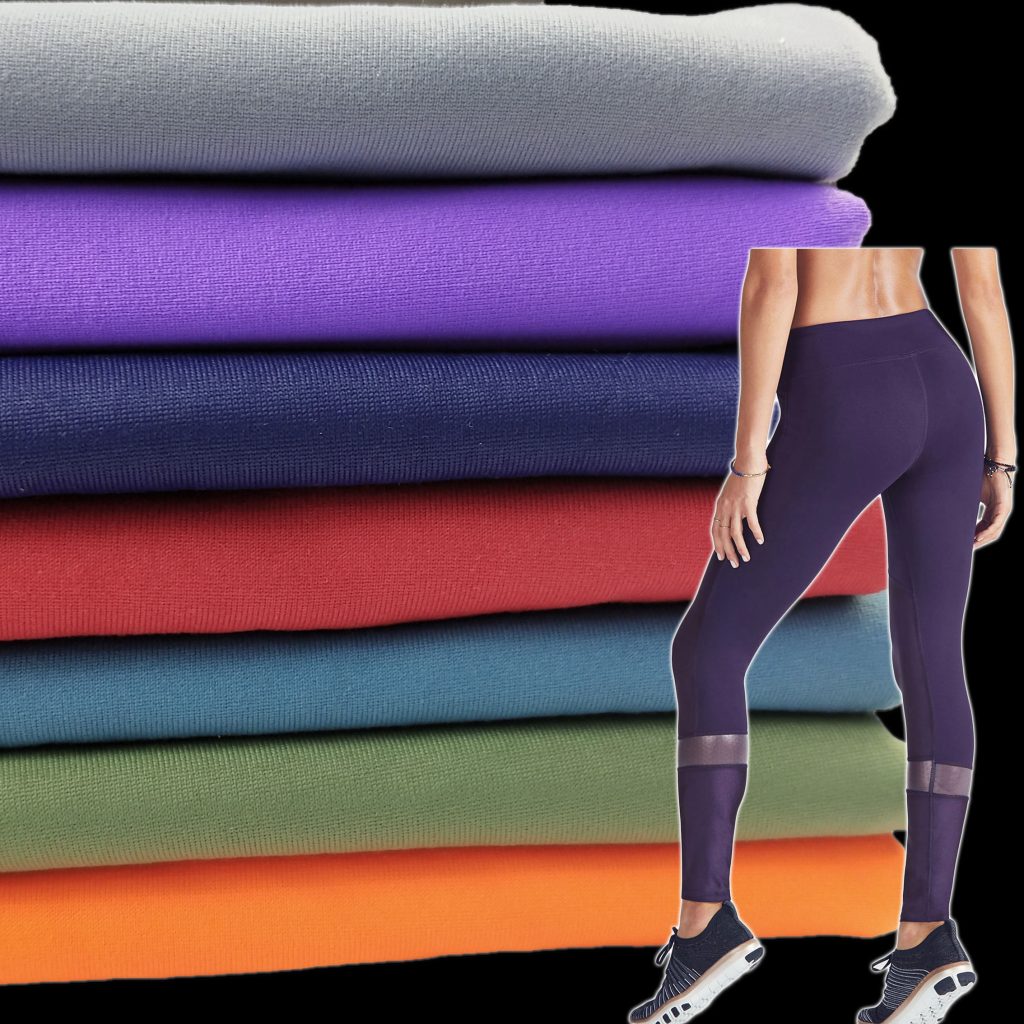
Leather
Leather leggings are a stylish and edgy option that can add a touch of sophistication to any outfit. While they may not be as stretchy as other materials, leather leggings offer a unique and fashionable look that can be dressed up or down for various occasions.
How to clean leggings women
Women’s leggings are a popular and versatile fashion choice, perfect for working out, lounging, or running errands. Keeping them clean is essential for maintaining their quality and prolonging their lifespan. Cleaning leggings properly will help them retain their shape, color, and elasticity. Whether your leggings are made of cotton, polyester, or a blend of materials, following the right cleaning process is crucial.
Understanding Fabric Care Labels
Before cleaning your leggings, it’s important to check the care label for specific instructions. Different fabrics require different care methods, and the label will provide guidance on the appropriate washing and drying techniques for your leggings outfit. The most common care symbols include machine wash, hand wash, dry clean, tumble dry, and ironing instructions. If the label instructs you to “hand wash only” or “dry clean,” it’s crucial to follow these guidelines to avoid damaging the fabric.
Machine Washing
For most leggings made of cotton, polyester, or a blend of materials, machine washing is the preferred cleaning method. Follow these steps for machine washing your leggings:
- Sort your laundry: Separate your dark-colored leggings from light-colored or white items before washing. This will prevent color transfer and keep your leggings looking fresh.
- Turn your leggings inside out: Turning your leggings inside out before washing will help preserve the fabric’s color and prevent pilling.
- Use a gentle cycle: Set your washing machine to a gentle or delicate cycle with cold water. Using cold water is important to prevent the color from fading and to maintain the elasticity of the fabric.
- Use a mild detergent: Choose a gentle, color-safe detergent to wash your leggings. Avoid using fabric softeners as they can damage the fabric’s elasticity.
- Avoid overloading the washing machine: Make sure not to overload the washing machine, as this can cause the leggings to become entangled and stretched out of shape.
- Air dry or tumble dry on low: Once the washing cycle is complete, air dry your leggings by laying them flat or hanging them. If you choose to tumble dry, use a low-heat setting to prevent shrinkage and damage to the fabric.
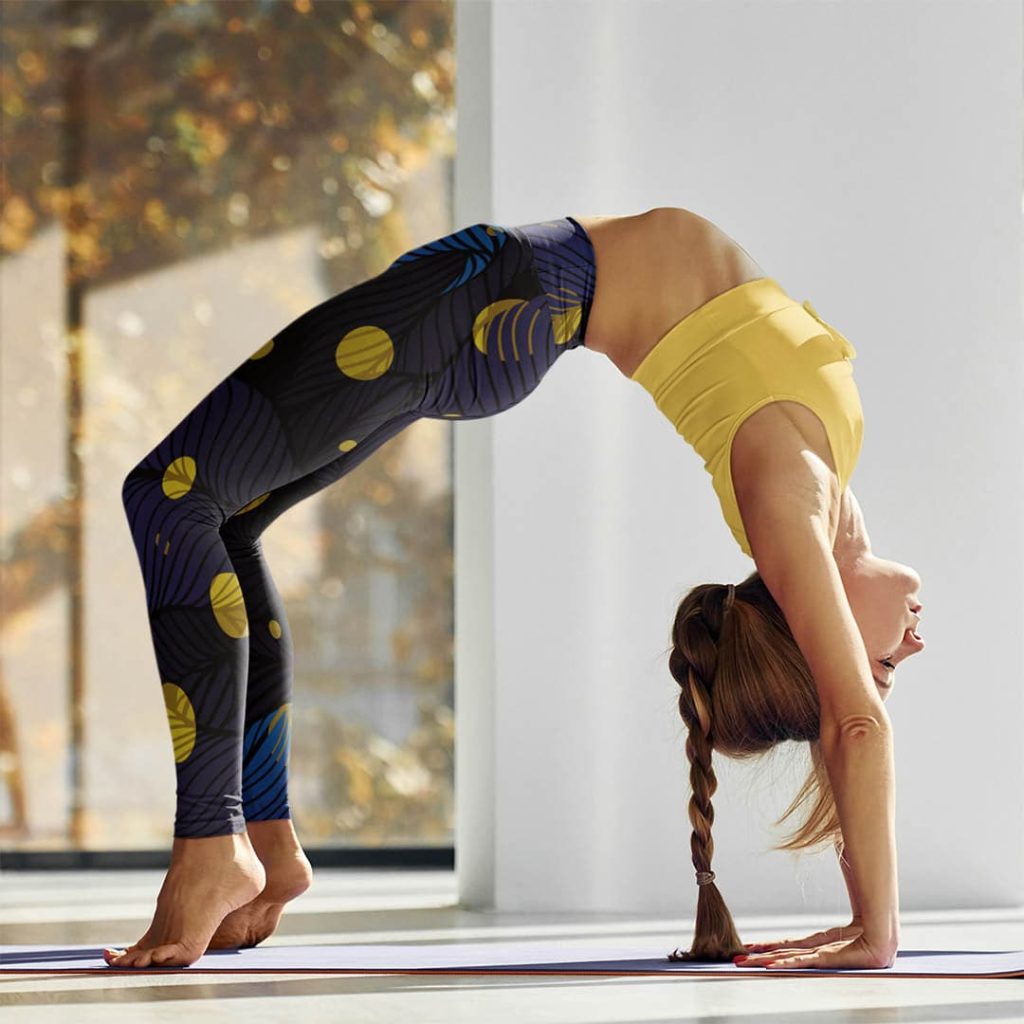
Hand Washing
If your leggings require hand washing, follow these steps for proper cleaning:
- Fill a sink or basin with cold water: Add a small amount of mild detergent to the water and create a soapy solution.
- Soak your leggings: Gently submerge your leggings in the soapy water and let them soak for a few minutes. Gently agitate the water to ensure thorough cleaning.
- Rinse with cold water: After soaking, carefully rinse the leggings with cold water to remove any soap residue.
- Gently squeeze out excess water: Avoid wringing or twisting the fabric, as this can cause damage. Instead, gently press the water out of the leggings.
- Air dry: Lay your leggings flat on a clean towel to air dry. Avoid hanging them, as this can cause the fabric to stretch and lose its shape.
Stain Removal
If your leggings have stubborn stains, it’s important to tackle them promptly. Here are some tips for removing stains from your leggings:
- Pre-treat the stain: Apply a small amount of stain remover or liquid detergent directly to the stained area and gently rub it in. Let it sit for a few minutes before washing.
- Wash as usual: After pre-treating the stain, wash your leggings using the appropriate method—machine wash for machine-washable leggings and hand wash for those that require hand washing.
- Check the stain: After washing, check to see if the stain has been removed. If the stain persists, repeat the pre-treatment and washing process until the stain is gone.
Dry Cleaning
Some leggings may have a care label that recommends dry cleaning. If this is the case, take your leggings to a professional dry cleaner and follow their specific instructions for cleaning and caring for the fabric.
Storage and Maintenance
Proper storage and maintenance will help keep your leggings in good condition between wears and washes. Here are some tips to extend the life of your leggings:
- Fold your leggings: Avoid hanging your leggings, as this can cause them to stretch out of shape. Instead, neatly fold them and store them in a drawer or on a shelf.
- Keep them away from direct sunlight: Direct sunlight can cause colors to fade, so store your leggings in a dark or shaded area.
- Check for wear and tear: Regularly inspect your leggings for signs of wear and tear, such as pilling, loose threads, or stretched-out elastic. Address any issues promptly to prevent further damage.
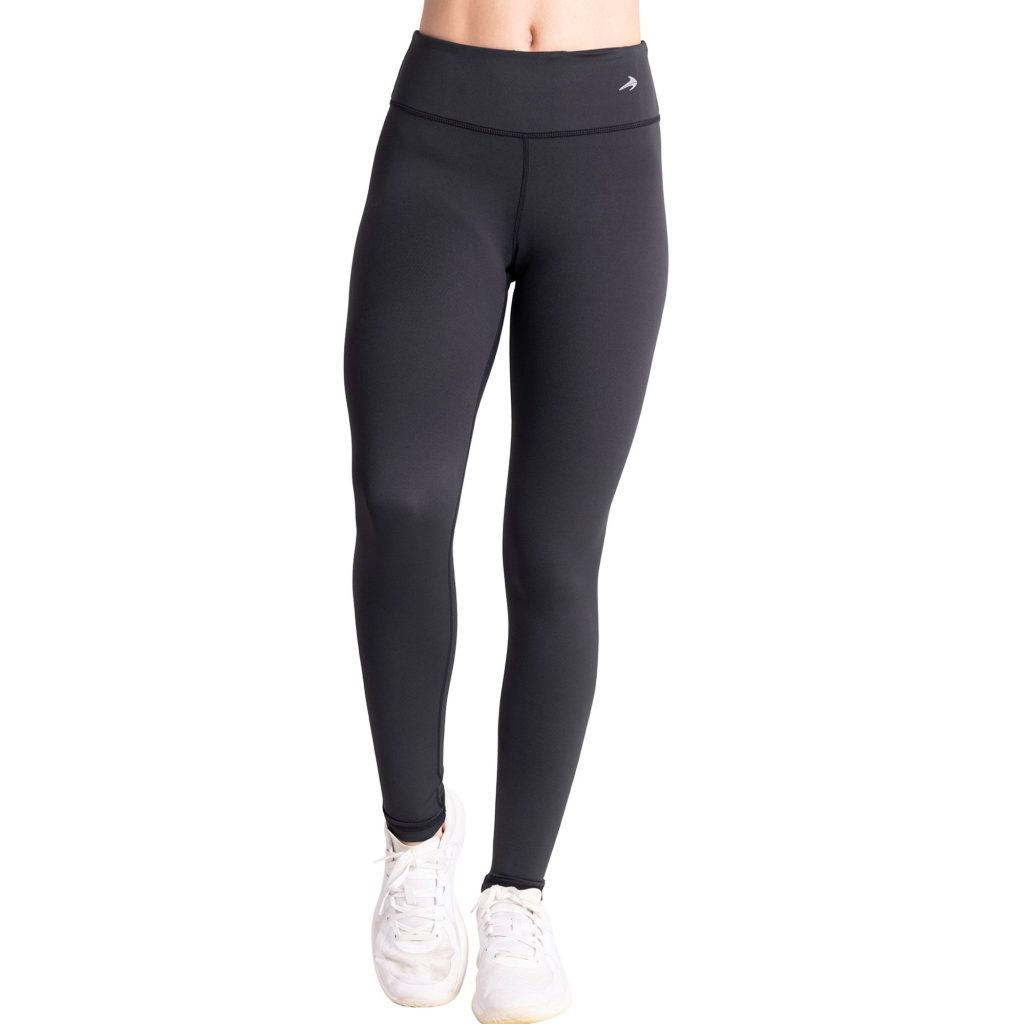
Conclusion
When choosing leggings, the material is a key factor to consider. Each type of leggings material offers unique properties and advantages, making it important to select the right material based on the intended use and personal preferences. Whether you prefer the softness of cotton, the stretchiness of spandex, or the durability of nylon, there is a leggings material out there to suit your needs. By understanding the characteristics of different materials, you can make an informed decision and select the perfect pair of leggings for your individual style and activities.
